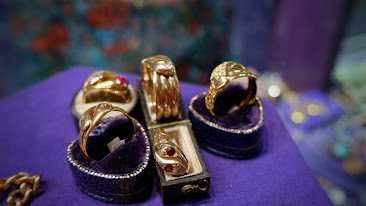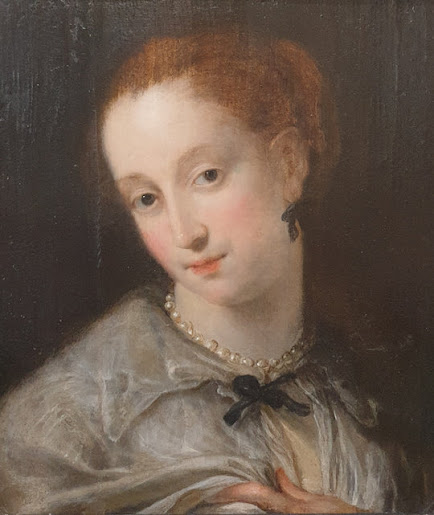Symbols of Love in Art, Antiques and Jewellery
Love is in the air, and it's also in the antique market! As Valentine's Day draws near and the search for that perfect, heart-felt gift intensifies, we're taking a look at the timeless, and unusual, symbols of love in the decorative arts.
Hearts
Easily recognisable on Valentine's Day cards with his signature bow and arrow, and angel's wings, Cupid's origin traces back thousands of years to the Greek God Eros. Adapted by the Romans, Cupid is an ancient 'match-maker' famed for his enchanted arrows that induce love between mortals and even divine beings. Cupid is ubiquitous throughout art history, often depicted in mythological scenes such as the story of his forbidden love with the mortal Psyche, which is immortalised in the famous marble statue by the Italian sculptor Antonia Canova. We see his image and attributes across the decorative arts and jewellery, and his legacy is evident in objects available at Grays.
Georgian lover's eye miniature set to a gold brooch, c. 1800. Available at Rowan and Rowan, Stand 315.
Snakes

Seashells
With associations of femininity and fertility, seashells have a long-standing connection to love. Venus the Goddess of Love was famously depicted in Botticelli's Birth of Venus on a scallop shell, which depicts the moment Venus is born from the ocean and ferried across to the shore. The shell, with its hard casing which protects pearls, has been thought to symbolise the protective aspect of love. Because of these associations, seashells are sometimes used in wedding decoration, or swapped as charms between lovers. Shell motifs, and decorative objects fashioned from shell and materials like Mother of Pearl offer a unique and whimsical expression of love, sure to make your sweetheart smile!
At Grays, our 80 antique and jewellery specialists have curated collections teeming with romantic pieces for Valentine's Day. And don't forget, we also have engraving services downstairs at O'Connells Engravers - who can add a touch of personalised charm to your gifts!
.jpg)


























Comments
Post a Comment